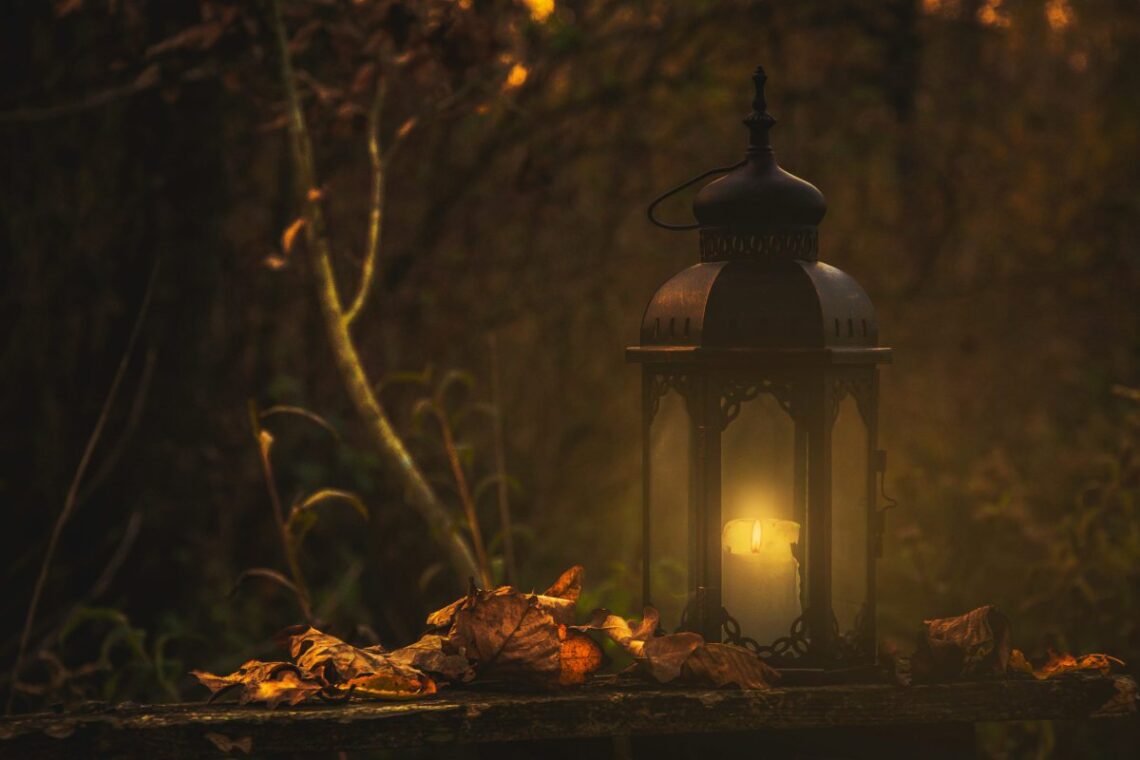Light:6a31uwr2qvg= background: In the vast cosmos of digital design, understanding the concept of light background can be a game-changer. It’s a unique realm where artistry meets technology, and the result is nothing short of mesmerizing. This article will delve into the charming world of this digital design aspect, shedding light on its significance and application.
Whether you’re a season designer or a curious enthusiast, this exploration promises to enhance your appreciation for the subtleties of digital design. From understanding its benefits and power and intricate workings to learning how it can transform the aesthetic appeal of a project, we’ll delve into all the intriguing facets of “light background”. So, buckle up for an enlightening journey into the digital universe.
Light:6a31uwr2qvg= Background
In the sphere of digital design, light assumes a pivotal position. It’s a term laden with meaning and implication that significantly affects the realm of aesthetics.
Deconstructing light helps understand its essence more. It’s a term encompassing a complex, yet intriguingly beautiful element of design. Subcomponents, such as light intensity, direction, and source, shed light on this complex descriptor. Examples include lighting values (high, medium, low), types (directional, spotlight, ambient), and colors (warm, cool). All combine to create the unique light dimension in digital devices and games.
Effects of Light Background in Photography
Diving into its effects in the photography realm, light background serves as a monumental aspect in enhancing images and creating impactful visual narratives. This section delves deep into the transformative effects of light in photography, specifically around enhancing subject features and setting mood and tone.
Enhancing Subject Features
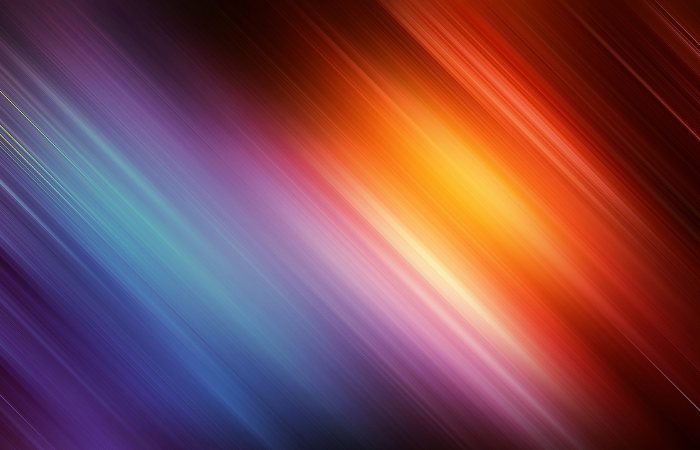
For instance, portrait photographers often adjust the degree of light background, allowing the illumination to cast shadows or create highlights, thereby promoting facial details to stand out. Equally, in wildlife photography, appropriate use of light can bring forth textures like the fur of an animal or the patterns on an insect’s wing. Achieving such pronounced details, light, in essence, aids in capturing depth and dimension, elevating the overall compositional value of the photograph.
Setting Mood and Tone
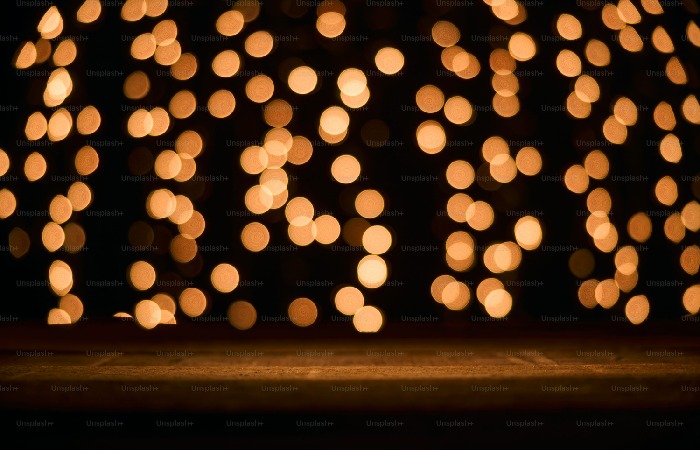
Beyond enhancing physical features, light also acts as a powerful tool in setting the mood and tone within a photographic composition. For example, low light settings often give rise to an atmospheric aura of mystery or intimacy, desirable for surreal or romantic shots. Conversely, a well-lit, bright light setting can trigger feelings of happiness, clarity, or optimism, suitable for vivacious and lively scenes.
Atmospheric Impact
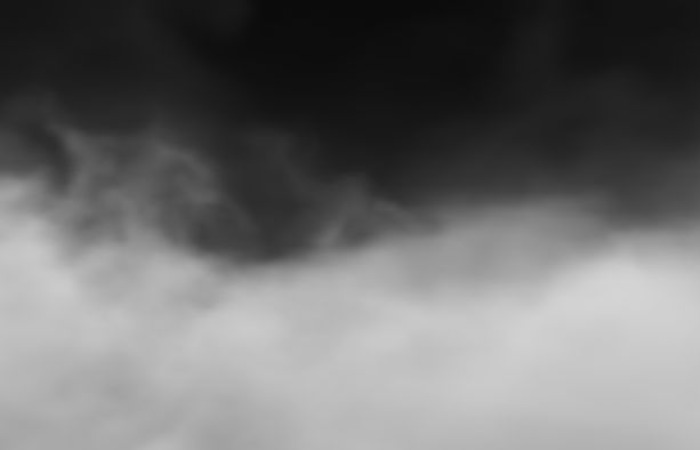
Light influences a film’s atmosphere compellingly. It’s not mere illumination. Its varying intensities and directions sculpt the film’s ambiance. Depths in shadows, radiance in highlights, it constructs and deconstructs a scene’s mood, often unspoken, subtle.
Visual Storytelling
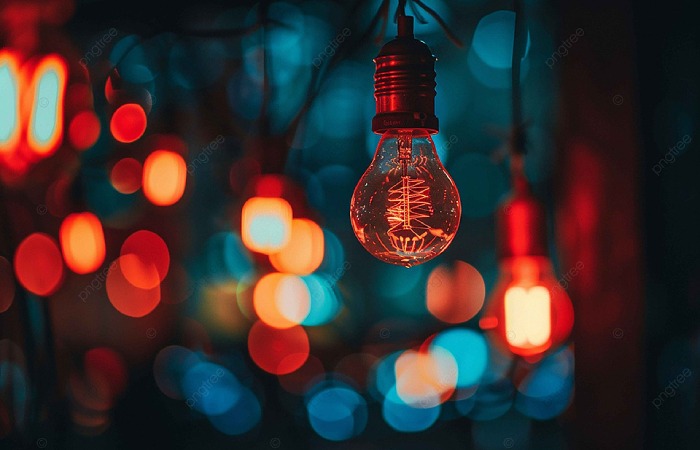
In film production, light breathes life into directors’ visual narratives. Through shadows and brightness, it influences plot perception, character depth, and scene aesthetics. For example, in ‘Schindler’s List,’ Spielberg uses stark contrasts to signify moral dichotomies.
Conclusion: Light:6a31uwr2qvg= Background
In diverse contexts, light exhibits substantive importance. In interior design, for instance, light settings play a crucial role in set the mood and ambiance of the interior spaces. Similarly, in game design, the light background can drastically enhance the game’s overall feel, instilling it with a sense of realism and immersion. Finally, in the realm of web design, the intelligent use of light can amplify the user’s experience, making it more attractive and visually pleasing.

